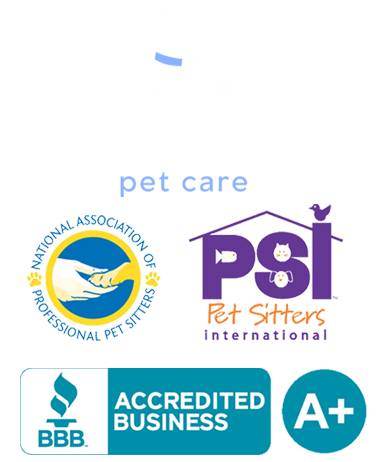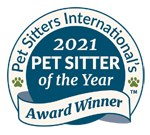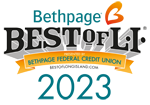A Comprehensive Guide to Keeping Your Pet Safe
Bringing a puppy into your home is a joyous occasion, filled with excitement and new responsibilities. However, puppies are naturally curious and love to explore their environment, often getting into things they shouldn’t. This can lead to accidents and health issues if you’re not careful. To ensure your puppy’s safety, it’s essential to be aware of the various items and substances in your home that can be hazardous. This comprehensive guide will cover the most common dangers for puppies and provide tips on how to puppy-proof your home.
Common Foods That Are Toxic to Puppies
Puppies are known for their boundless energy and curious nature, which often leads them to explore their surroundings using their mouths. While sharing a snack with your furry friend might seem harmless, many human foods are toxic to dogs. Understanding which foods are dangerous is crucial for any pet owner. Some foods can cause mild stomach upset, while others can lead to serious health issues or even be fatal. Ensuring these foods are out of your puppy's reach can prevent potentially life-threatening situations.
1. Chocolate
Description: Chocolate contains theobromine and caffeine, both of which are toxic to dogs. Dark chocolate and baking chocolate have the highest levels, making them the most dangerous.
Risk: Ingestion can lead to symptoms such as vomiting, diarrhea, rapid heart rate, seizures, and even death.
2. Grapes and Raisins
Description: While healthy for humans, grapes and raisins can cause serious kidney damage in dogs.
Risk: Even a small amount can lead to vomiting, lethargy, and kidney failure.
3. Onions and Garlic
Description: Onions and garlic contain compounds that can damage a dog’s red blood cells.
Risk: Consumption can result in anemia, weakness, and vomiting. Symptoms may not appear immediately, so it’s crucial to monitor your puppy closely if they consume these foods.
4. Xylitol
Description: Xylitol is an artificial sweetener found in sugar-free gum, candies, and some baked goods.
Risk: It can cause a rapid release of insulin, leading to hypoglycemia (low blood sugar), liver failure, and seizures.
5. Alcohol
Description: Alcohol can be found in beverages, cleaning products, and even some foods.
Risk: Even small amounts can lead to alcohol poisoning, causing vomiting, disorientation, difficulty breathing, and potentially death.
6. Avocado
Description: Avocados contain persin, a toxin that can be harmful to dogs.
Risk: Ingestion can cause vomiting, diarrhea, and other digestive issues.
7. Coffee and Caffeine
Description: Found in coffee, tea, energy drinks, and certain medications, caffeine is a stimulant that affects dogs much more than humans.
Risk: Symptoms of caffeine poisoning include restlessness, rapid breathing, heart palpitations, and muscle tremors.
Hazardous Household Items
Our homes are filled with everyday items that can be hazardous to curious puppies. Cleaning products, medications, and chemicals that we use regularly can pose significant risks if ingested or mishandled by your pet. Puppies are often intrigued by the smell and taste of these substances, unaware of the danger they pose. Recognizing and securing these hazardous items is essential to maintaining a safe environment for your puppy, protecting them from accidental poisoning and injury.
1. Cleaning Products
Description: Common cleaning agents such as bleach, ammonia, and detergents contain harmful chemicals.
Risk: Ingestion or inhalation can lead to poisoning, burns, and respiratory distress.
2. Antifreeze
Description: Antifreeze contains ethylene glycol, which is highly toxic to dogs.
Risk: Even a small amount can cause kidney failure and death. Antifreeze often has a sweet taste that can attract pets.
3. Medications
Description: Human medications, both over-the-counter and prescription, can be dangerous for dogs.
Risk: Common medications like ibuprofen, acetaminophen, and antidepressants can cause serious health problems.
4. Rodenticides and Pesticides
Description: These products contain chemicals designed to kill pests but can also harm your puppy.
Risk: Ingestion can lead to internal bleeding, seizures, and organ failure.
5. Batteries
Description: Batteries contain corrosive substances that can cause internal burns if ingested.
Risk: If swallowed, batteries can also cause intestinal blockages and other serious health issues.
6. Small Objects
Description: Items like coins, buttons, and small toys pose choking hazards to puppies.
Risk: These objects can also cause blockages in the digestive tract, requiring surgical intervention.
Dangerous Plants for Puppies
Many common household and garden plants, while visually appealing, can be harmful or even toxic to puppies. Whether in your garden or as part of your interior decor, plants can attract the attention of inquisitive puppies, who may chew on leaves or flowers. Unfortunately, many plants contain toxins that can cause mild to severe reactions in dogs. Knowing which plants are dangerous and taking steps to keep them out of your puppy's reach can prevent harmful exposures and potential medical emergencies.
1. Lilies
Description: While lilies are particularly toxic to cats, they can also cause gastrointestinal issues in dogs.
Risk: Ingestion can lead to vomiting, diarrhea, and lethargy.
2. Sago Palm
Description: The sago palm is a popular ornamental plant that contains cycasin, a toxin harmful to dogs.
Risk: Ingestion can cause liver failure, seizures, and even death.
3. Azaleas and Rhododendrons
Description: These flowering plants contain grayanotoxins, which can be toxic to dogs.
Risk: Symptoms include vomiting, diarrhea, drooling, and in severe cases, coma or death.
4. Tulips and Daffodils
Description: The bulbs of these plants contain toxins that are harmful to dogs.
Risk: Ingestion can lead to stomach upset, drooling, convulsions, and heart problems.
5. Oleander
Description: Oleander is an extremely toxic plant that affects the heart and gastrointestinal tract.
Risk: Symptoms of oleander poisoning include drooling, abdominal pain, diarrhea, and abnormal heart rhythms.
Potential Toy Hazards for Dogs
Toys play a crucial role in your puppy's development, providing mental stimulation and physical exercise. However, not all toys are created equal, and some can pose serious risks to your pet's health. Toys that are too small, have detachable parts, or are poorly made can become choking hazards or cause internal injuries. It's important to select toys that are appropriate for your puppy's size and play style and regularly inspect them for wear and tear. Ensuring your puppy's toys are safe can prevent accidents and ensure they enjoy their playtime safely.
1. Small Toys
Description: Toys with small parts can be easily swallowed by puppies.
Risk: Small toys or pieces can cause choking and intestinal blockages.
2. Rawhide Bones
Description: Rawhide bones can splinter and break apart during chewing.
Risk: These splinters can cause internal injuries and blockages in the digestive system.
3. Squeaky Toys
Description: The squeaker inside these toys can pose a choking hazard if the toy is torn apart.
Risk: If swallowed, the squeaker can become lodged in the throat or intestines.
4. String and Yarn
Description: String and yarn are tempting for puppies to chew on, but can cause serious health problems.
Risk: Ingestion can lead to intestinal blockages and other complications requiring surgery.
Electrical Hazards
Puppies are notorious for their chewing habits, and electrical cords and appliances are often prime targets. Unfortunately, this curiosity can lead to severe injuries, including electric shock and burns. As puppies explore their environment, they may not realize the danger posed by electrical items. Taking steps to secure cords, restrict access to dangerous areas, and provide safe alternatives for chewing can protect your puppy from these hazards, ensuring their safety and well-being.
1. Electrical Cords
Description: Puppies are known to chew on electrical cords, which can lead to electrocution.
Risk: This can cause burns, seizures, and even death.
2. Chargers
Description: Phone and electronic chargers are often left within reach of puppies.
Risk: Chewing on these can lead to electric shock and burns.
3. Appliances
Description: Larger appliances like refrigerators, washers, and dryers can pose risks if puppies get trapped behind or inside them.
Risk: Injuries can occur if a puppy gets caught or crushed.
Outdoor Hazards
While your yard or garden may seem like a safe haven for your puppy to play and explore, it can also harbor hidden dangers. Fertilizers, pesticides, and certain plants can pose risks, as can bodies of water like pools or ponds. Puppies may also encounter wildlife or escape through holes in fences. Being aware of the potential outdoor hazards and taking steps to mitigate them can allow your puppy to enjoy the outdoors safely, providing peace of mind for pet owners.
1. Fertilizers
Description: Lawn and garden fertilizers often contain chemicals that are harmful to dogs.
Risk: Ingestion can lead to vomiting, diarrhea, and other digestive issues.
2. Cocoa Mulch
Description: Cocoa mulch contains theobromine, the same toxin found in chocolate.
Risk: If ingested, it can cause vomiting, diarrhea, and in severe cases, heart issues.
3. Insecticides and Herbicides
Description: These products are designed to kill pests and weeds but can be toxic to dogs.
Risk: Exposure can lead to symptoms ranging from skin irritation to poisoning.
4. Pools and Ponds
Description: Bodies of water can be dangerous if a puppy falls in and is unable to swim.
Risk: Puppies can drown if left unsupervised near pools or ponds.
Miscellaneous Dangers
Beyond the more obvious hazards, there are a variety of miscellaneous items that can pose risks to puppies. From plastic bags and rubber bands to tobacco products and coins, these everyday objects can become dangerous in the paws of a curious puppy. Ingestion or mishandling of these items can lead to choking, poisoning, or other health issues. Recognizing these potential dangers and keeping them out of reach can prevent accidents and keep your puppy safe.
1. Plastic Bags
Description: Plastic bags pose a suffocation risk to puppies.
Risk: If a puppy gets its head stuck in a bag, it can lead to suffocation.
2. Rubber Bands
Description: Rubber bands are often left lying around and can be enticing for puppies to chew on.
Risk: Ingestion can cause choking or intestinal blockages.
3. Tobacco Products
Description: Cigarettes, cigars, and other tobacco products contain nicotine, which is toxic to dogs.
Risk: Ingestion can lead to symptoms such as vomiting, tremors, and increased heart rate.
4. Coins
Description: Coins contain zinc, which can lead to zinc poisoning in dogs.
Risk: Symptoms include vomiting, diarrhea, and anemia.
Tips for Puppy-Proofing Your Home
Creating a safe environment for your puppy involves more than just recognizing potential hazards; it requires proactive steps to prevent accidents. Puppy-proofing your home is an essential part of being a responsible pet owner, involving securing dangerous items, removing choking hazards, and providing a safe space for your puppy to explore. By taking these measures, you can ensure your home is a safe haven for your puppy, allowing them to grow and thrive in a secure environment. Following these tips can give you peace of mind, knowing that your furry friend is protected from harm
Secure Hazardous Items: Keep all dangerous substances, like medications and cleaning products, in cabinets out of reach. Use childproof locks to secure cabinets that contain harmful substances.
Remove Small Objects: Clear the floor of any small items that could be swallowed by your puppy.
Supervise Playtime: Keep an eye on your puppy when they are exploring new areas to prevent them from getting into dangerous situations.
Provide Safe Toys: Offer sturdy toys designed for puppies that don’t pose choking hazards. Ensure toys are the appropriate size and durability for your puppy’s age and breed.
Monitor Outdoor Areas: Regularly check your yard for potential hazards such as toxic plants, sharp objects, and holes in fencing that a puppy could escape through.
Dangerous Items for Dogs
Ensuring your puppy's safety requires vigilance and awareness of potential hazards. By identifying dangerous items and taking steps to puppy-proof your home, you can create a safe environment that allows your furry friend to explore and grow without unnecessary risks. Always keep an eye on your puppy, especially in new environments, and consult with a veterinarian





